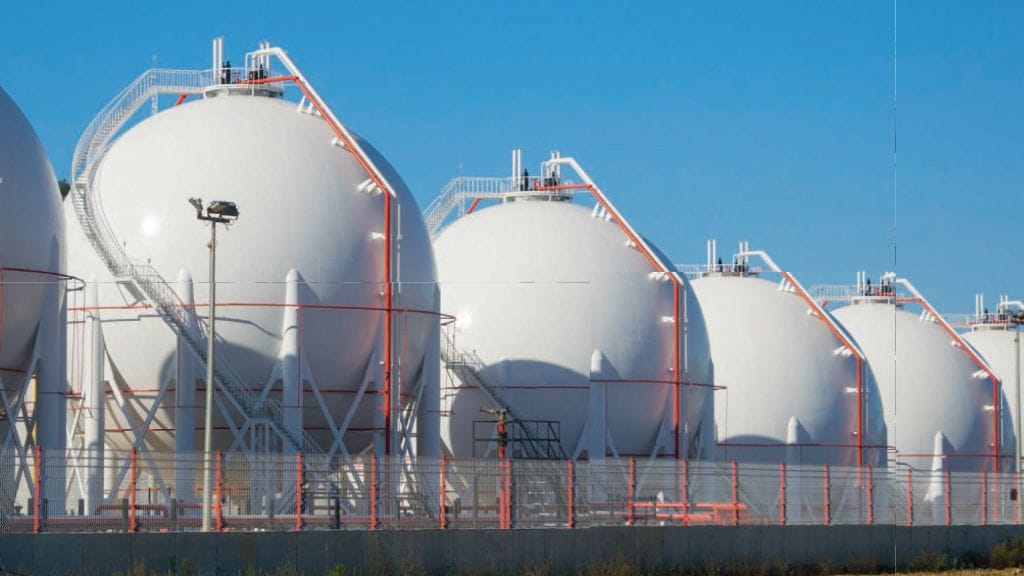$74B SAVED - Jamaica Observer

Source: Jamaica Observer
JAMAICAN consumers saved between $38 billion (US$244 million) and $74 billion (US$473 million) in electricity costs from 2017 to 2023 with the switch from using heavy fuel oil (HFO) and automotive diesel oil (ADO) to using liquefied natural gas (LNG) to generate electricity.
The data shared with Jamaica Observer by Jamaica Public Service Company (JPS), a light and power company, show that with the switch to LNG consumers' electricity bills were 3.7 per cent to 7.2 per cent lower than they would have been based on the prices for HFO and ADO, compared to LNG, over the period. The savings averaged between $5.4 billion and $10.5 billion per year and were calculated by comparing the cost of using natural gas as a fuel source versus using ADO alone, or using ADO and HFO to generate electricity at various power plants on the grid. The difference in fuel used to make the comparison is the reason behind the range of savings consumers realised. At the lower end, the savings were calculated from assuming the plants were using ADO alone, while at the upper end they corresponded to a situation in which the fuel source was mixed, that is ADO and HFO. The plants used in the analysis are those now using LNG -- Bogue in St James; South Jamaica Power Company in St Catherine; and New Fortress Energy (NFE), the monopoly supplier of LNG to Jamaica.
"Switching to natural gas has been the cheapest option for five of the seven years under review, except for 2021 and 2022 when natural gas prices were at an all-time high due to the Russian-Ukraine conflict," the JPS wrote in its notes. It said even when LNG prices surged as Europe quit using Russian gas and went on the open market to secure supplies, only some of the costs were passed through to customers in the period.
Jamaica switched its major fuel source for generating electricity from ADO and HFO to LNG in 2017. Before then, ADO and HFO accounted for over 90 per cent of the electricity generated in the country. The Government aims to push renewable energy sources, such as solar and wind, as the dominant generators of electricity by 2030 so as to help stabilise prices and reduce the country's dependence on imported fuel. Currently, about 20 per cent of the capacity of the grid is due to renewables, though in actual output they account for 12.4 per cent of electricty generated. LNG currently accounts for 60 per cent of the fuel used to generate electricity for the grid.
"The truth is that, whether deliberately or by happenstance, LNG, I think, has proven to be a fairly good bridge between this transition from all of this heavy fuel oil that had this turbulent environmental impact and was so volatile in terms of price to renewables," Ansord Hewitt, director general of Office of Utilities Regulation (OUR), told the Business Observer in a recent interview.
"One of the things that we were always worried about is that the electricity prices were volatile and could just disrupt your planning,"
he continued as he pointed out that LNG has brought much stability to electricity prices since then.
"It is true that the investment was sold by some as a way of achieving lower prices. We are in the low 30s and high 20s, so we're still somewhat better off in terms of price but not where we want to be -- and we're not where we want to be because, clearly, when you put in these investments, they are costly," he added.
When LNG was introduced to the grid, the price per kilowatt hour of electricity was closer to US$0.40 cents rather than the current level of "low 30s and high 20s".
"The question is not just where the prices are, but where they would have been had it not been for LNG," Cedric Wilson, deputy director general with responsibility for electricity, water and the sewage sector at the OUR, pointed out.
"Recently the Bogue plant had to use ADO for three months and the additional fuel costs was significantly more, which means that had it not been for the presence of natural gas the prices would have been higher," Wilson shared.
His colleague Valentine Fagan, power system consultant at the OUR, gave more details about the level of savings realised so far.
"Oil over the last year plus has been trading at US$80 a barrel. And if you look at the LNG prices, they're trading below US$3 per million BTU, which is equivalent to about [US]$18, [US]$19 a barrel oil equivalent. If we were to continue using heavy fuel oil, the increase in the bill in this stage, given the war and what is happening now, would be tremendous," Fagan noted.
He said even with additional costs for transportation, regasification and storage, LNG is still about 50-60 per cent cheaper than oil.
Last year the country imported US$2 billion worth of fuel, mostly LNG. That bill would have been higher if it was composed mostly of oil.
